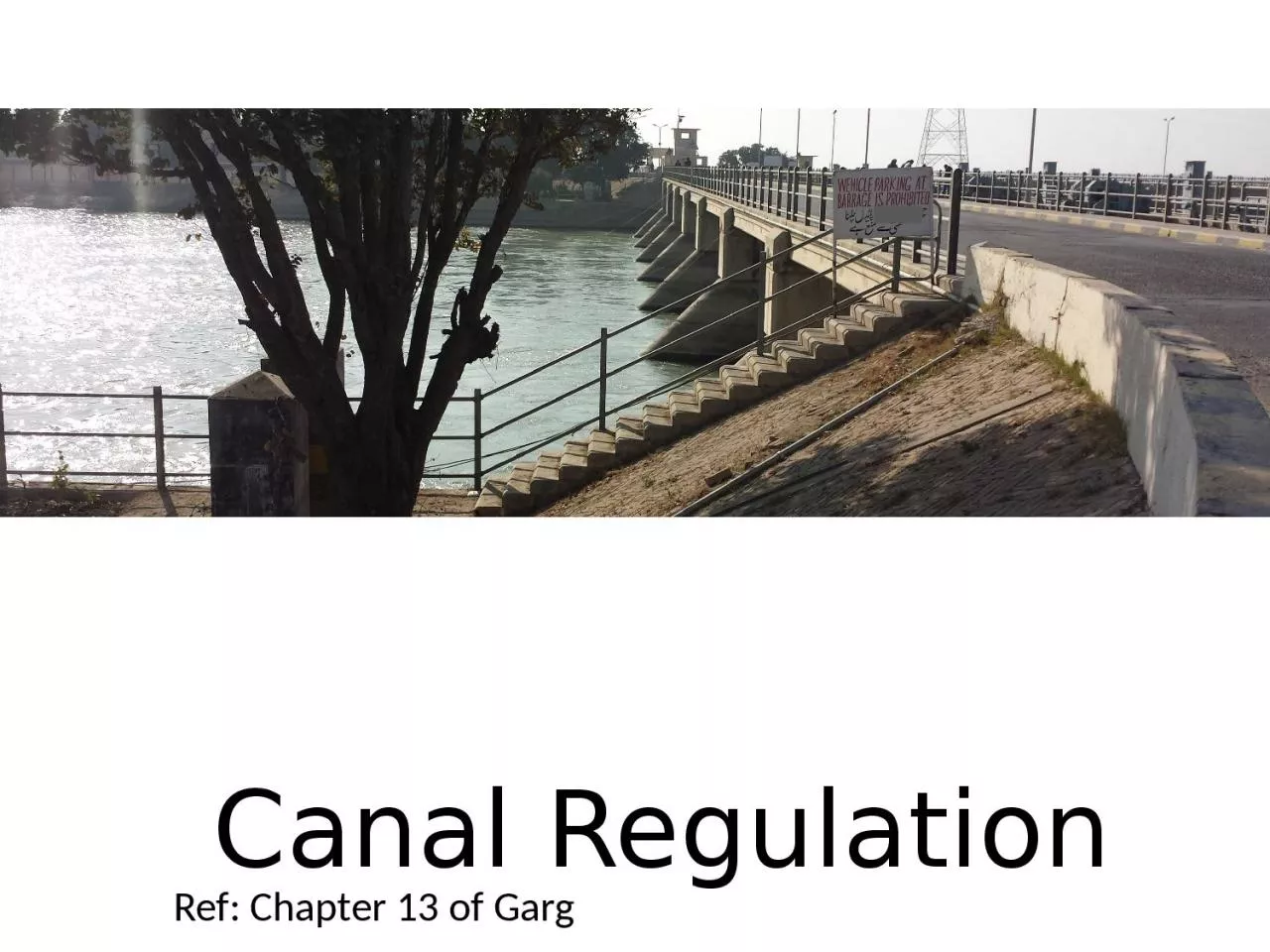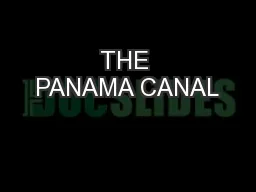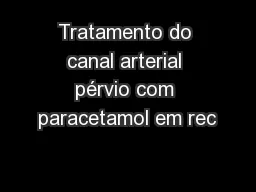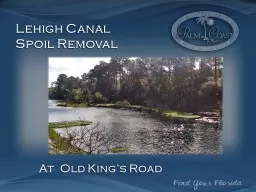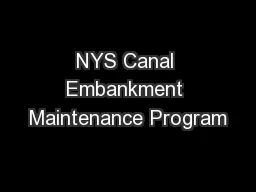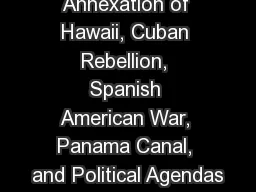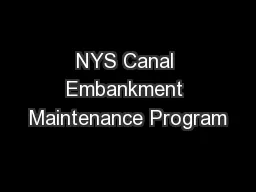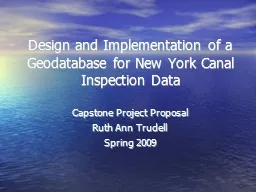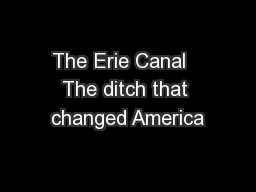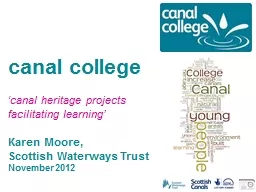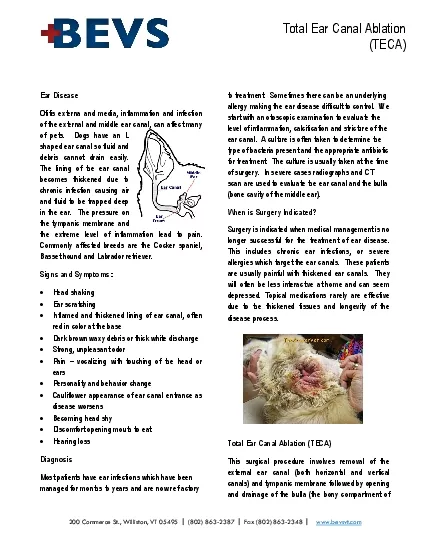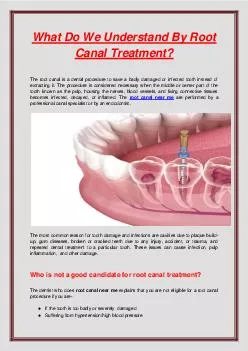PPT-Canal Regulation Ref: Chapter 13 of Garg
Author : miller | Published Date : 2023-10-28
Canal Regulation Regulation Water that enters into the main canal from the river has to be divided into different Branches and Distributaries in accordance with
Presentation Embed Code
Download Presentation
Download Presentation The PPT/PDF document "Canal Regulation Ref: Chapter 13 of Garg" is the property of its rightful owner. Permission is granted to download and print the materials on this website for personal, non-commercial use only, and to display it on your personal computer provided you do not modify the materials and that you retain all copyright notices contained in the materials. By downloading content from our website, you accept the terms of this agreement.
Canal Regulation Ref: Chapter 13 of Garg: Transcript
Download Rules Of Document
"Canal Regulation Ref: Chapter 13 of Garg"The content belongs to its owner. You may download and print it for personal use, without modification, and keep all copyright notices. By downloading, you agree to these terms.
Related Documents

